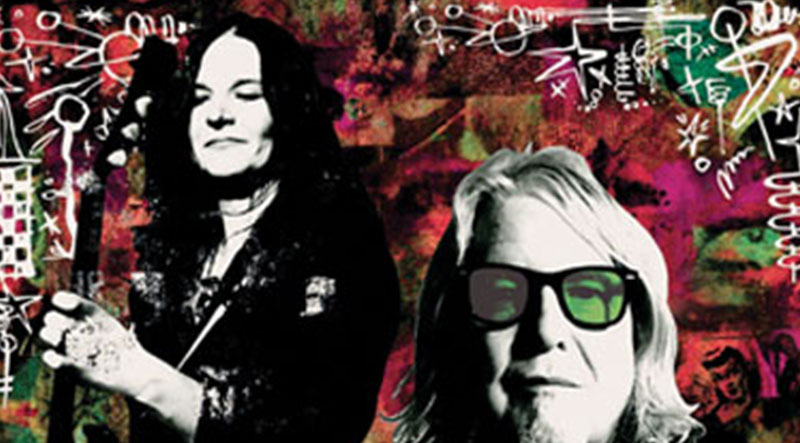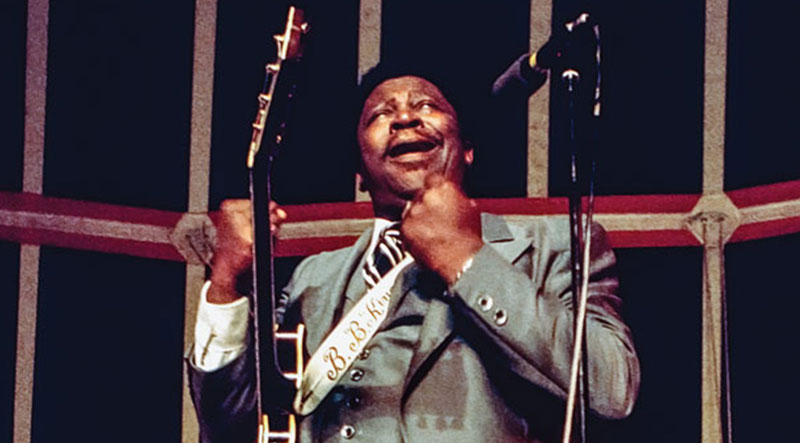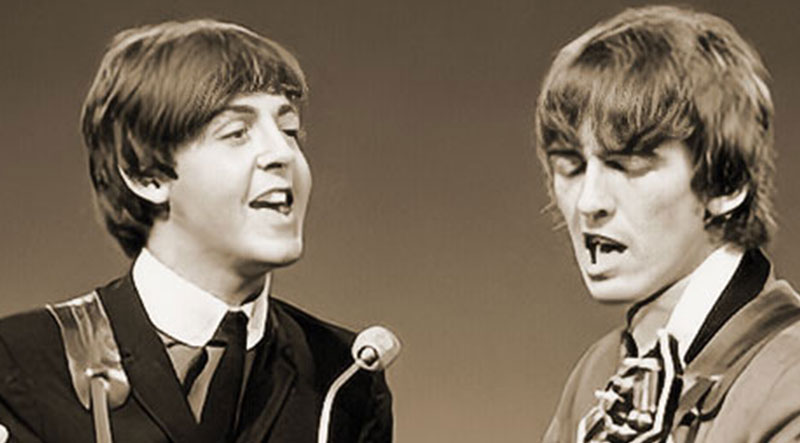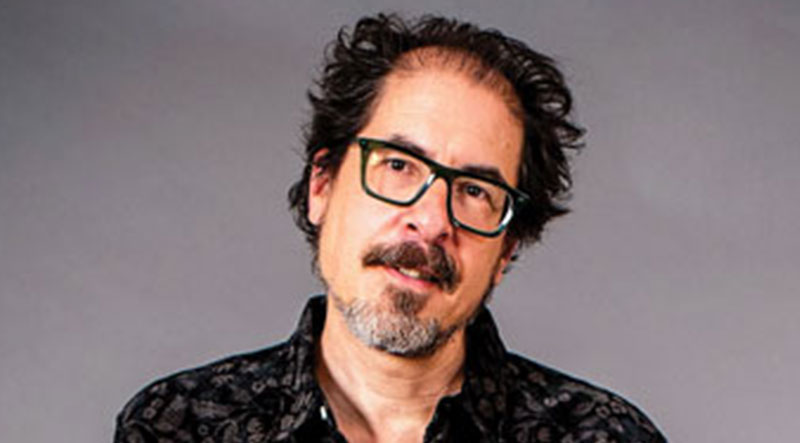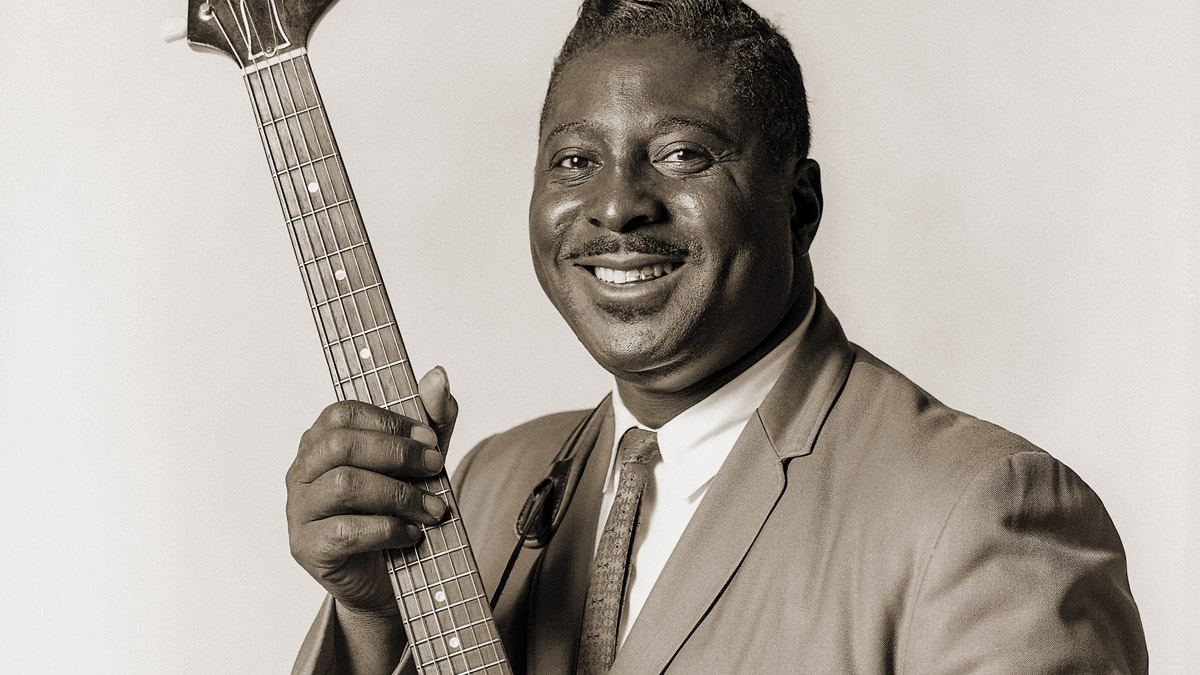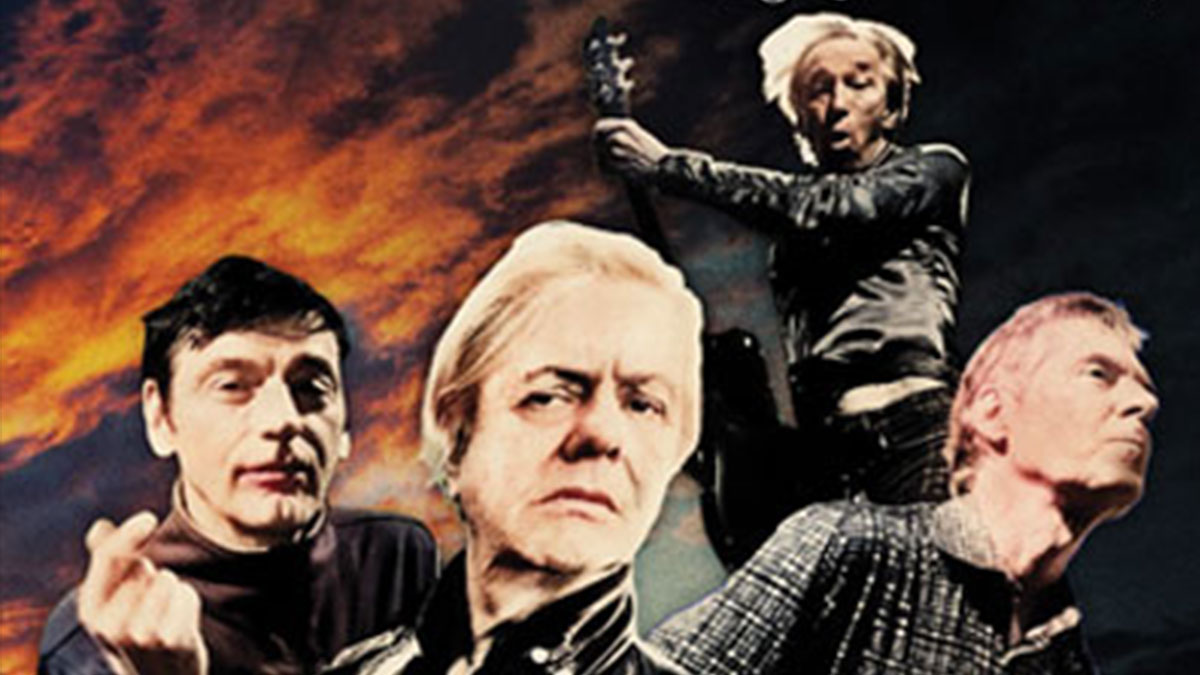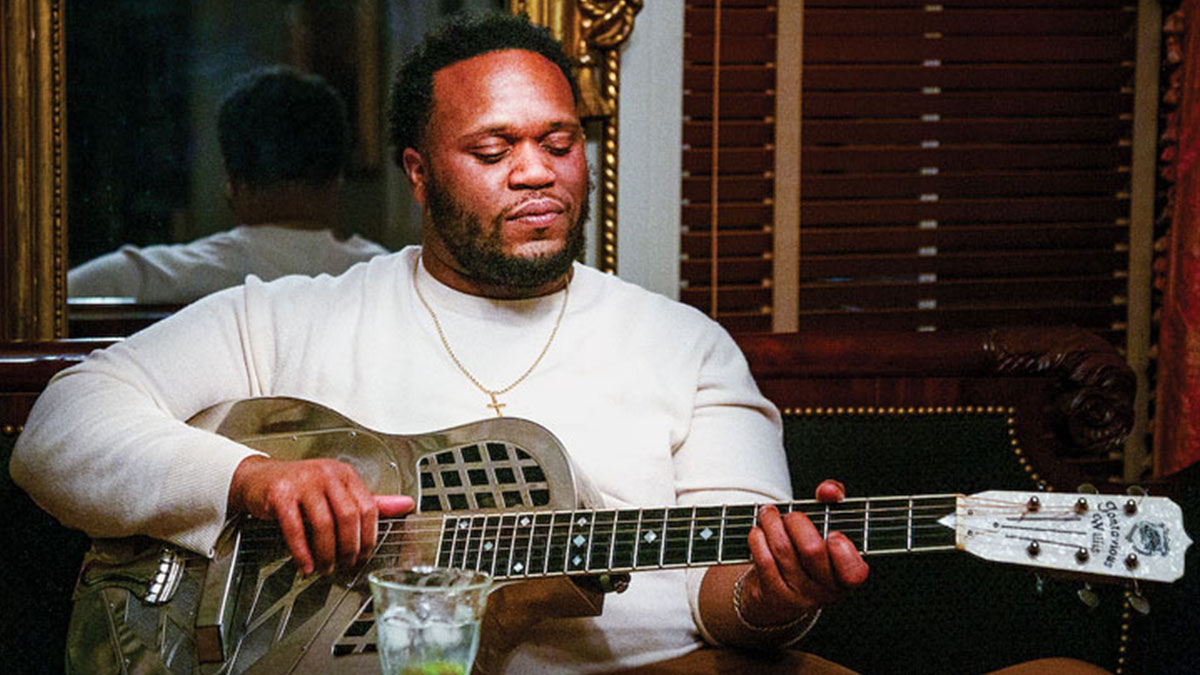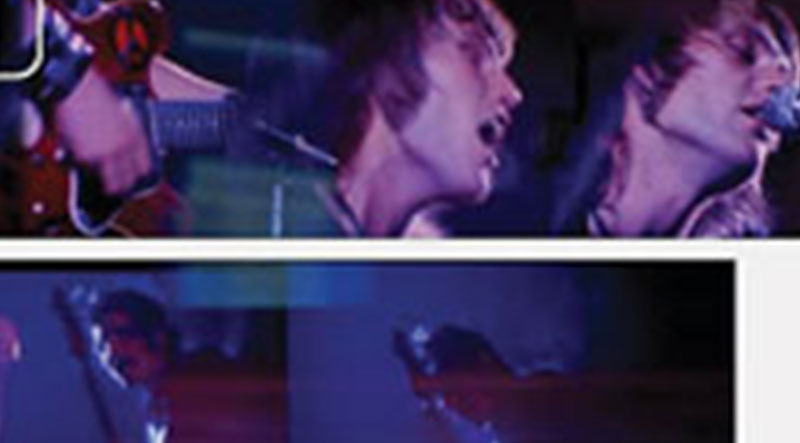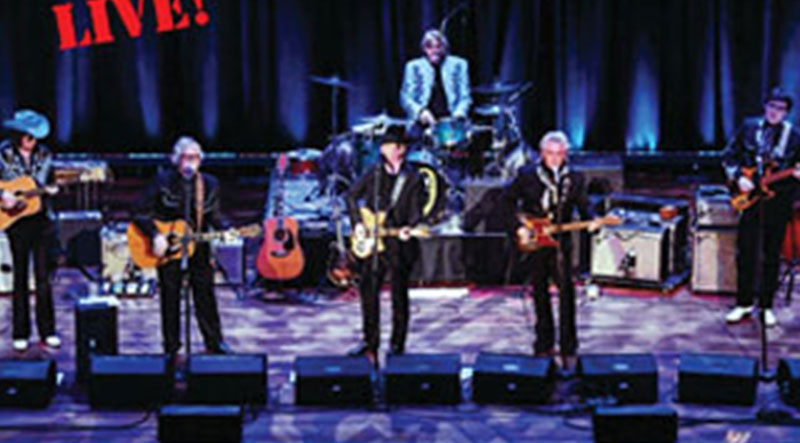-
Dan Forte
Eve Monsees and Mike Buck
& Their Groovy Orbit
This is not a solo album as much as an anthology of Austin artists and styles – from blues to country to ’60s garage and psych, demonstrating the versatility of singer/guitarist Monsees (Eve & the Exiles, Blue Bonnets) and her husband, drummer Buck (LeRoi Brothers), as producers/organizers. The tracks span three years, but the names…
-
Dan Forte
B.B. King
In France
By 1977, when this French live album was recorded at the Nancy Jazz Pulsations Festival, the “King of the Blues” had truly crossed over. He’d played Fillmores West and East and won a Grammy in 1970 for “The Thrill Is Gone.” In typical major-label fashion, subsequent albums saw him surrounded by rock stars and studio…
-
Dan Forte
Check This Action: A Year In Their Life
Recently, I stumbled onto one of those “reaction” videos by a New Zealander named Courtney, who wasn’t sure if she’d ever seen footage of the Beatles or even heard their songs. This shouldn’t be surprising. The video she watches of the Fab Four, playing “All My Loving” on Ed Sullivan in 1964, was created probably…
-
Dan Forte
David Hamburger
Top-Tier Tutorial
Whoever said, “Those who can’t do, teach” has never heard David Hamburger. Among his two dozen instructional books and videos, Beginning Blues Guitar, awarded Best New Educational Book or Video at NAMM in 1994, boasts more than 100,000 in sales. In addition to supplying music for advertising and TV, the 60-year-old has recorded with Freedy…
-
Dan Forte
Pop ’N Hiss: Albert King’s Born Under a Bad Sign and Live Wire/Blues Power
Power, Indeed
In February of 1968, Albert King stepped onto the stage of San Francisco’s Fillmore Auditorium for the first time. With the Jimi Hendrix Experience headlining, John Mayall’s Bluesbreakers featuring 19-year-old Mick Taylor, and King as opener, the evening was an embarrassment of guitar riches. “I’d never heard of him,” says Robben Ford, who was 16…
-
Dan Forte
The Fleshtones
It’s Getting Late (…and More Songs About Werewolves)
Frontman Peter Zaremba and guitarist Keith Streng have led New York’s Fleshtones for nearly 50 years. Drummer Bill Milhizer joined in 1980, with “new bassist” Ken Fox in ’90. A 2007 biography declared them “America’s garage band,” and spawned the documentary Pardon Us For Living, But The Graveyard’s Full, and 23 bands cut Vindicated! A…
-
Dan Forte
The Hot Club of San Francisco
Original Gadjo
Django Reinhardt is inarguably near the top of the most-influential jazz artists, considering how many ensembles (speaking globally) strive to emulate his Quintette du Hot Club de France 70 years after his death. On American shores, gypsy-jazz author and VG contributor Michael Dregni called the Hot Club of San Francisco “one of the first American…
-
Dan Forte
Check This Action: Folk Festival of Blues
I heard blues records earlier than I can remember. My dad had Sonny Terry & Brownie McGhee albums, and a family friend had records by Lead Belly and Jesse Fuller. It was the Folk Boom of the mid/late ’50s, and blues was mixed in with commercial stuff like the Kingston Trio, so the acoustic, rural…
-
Dan Forte
Woodstock 1969
Ten Years After
Though he was a multifaceted guitarist, Ten Years After’s Alvin Lee had a reputation as a speed demon – not something he tried to dissuade. Never was it on display more than at 1969’s Woodstock mega-festival. Still, on the band’s set-opener “Spoonful,” he proved himself a worthy blueser. Per the fashion of the period, tunes…
-
Dan Forte
Celebrating the 50th Anniversary of Sweetheart Of The Rodeo – Live!
Roger McGuinn & Chris Hillman with Marty Stuart
A premier folk-rock band morphing into psychedelia in the mid ’60s, the Byrds pioneered country-rock with 1968’s Sweetheart of the Rodeo. Personnel upheavals had seen David Crosby fired, Gene Clark going solo, and Michael Clarke replaced by drummer Kevin Kelley. Bassist Chris Hillman was one of only two original members standing, Roger McGuinn being the…

